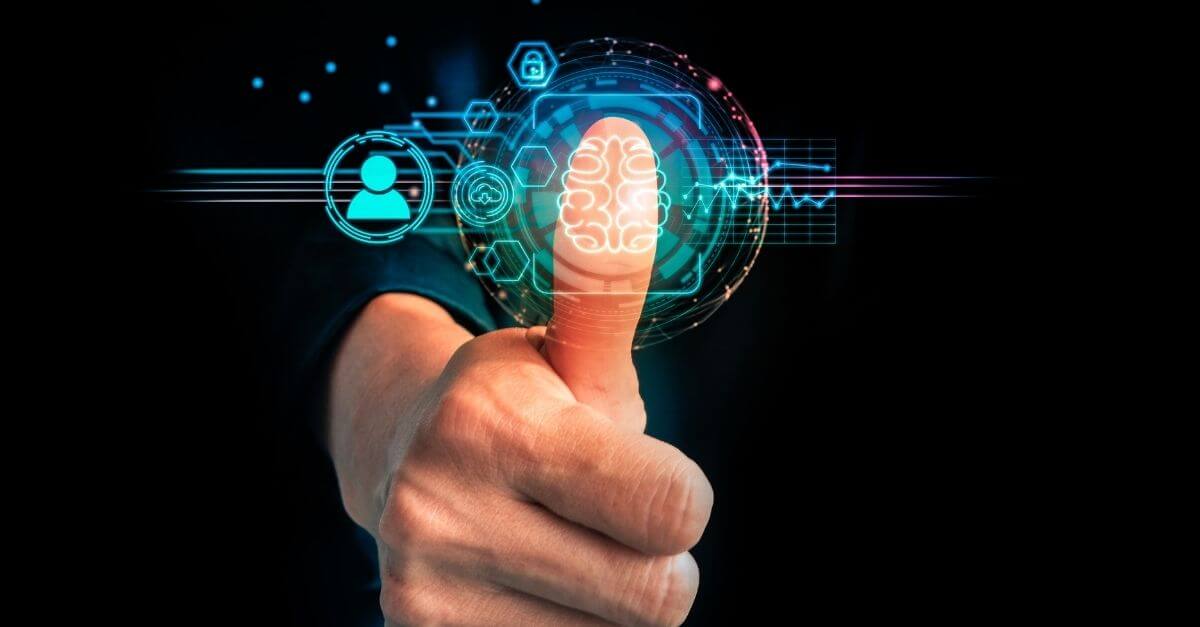How does the digital divide affect people with disabilities?

In the digital age, access to technology and information is essential for full participation in society. However, people with disabilities face a digital divide that prevents them from accessing these virtual tools on an equal basis. This gap is due to a number of factors, including lack of accessibility of devices and applications, lack of training and discrimination.
What is the digital divide?
The digital divide refers to the disparity between those who have efficient access to and use of information technology and those who do not. This separation can be due to different factors, including lack of access to technology infrastructure, lack of skills to use it or lack of interest in using it.
How does the digital divide affect people with disabilities?
People with disabilities face unique challenges in the digital age due to barriers arising from their physical, sensory or cognitive conditions. The digital divide amplifies these barriers, hindering digital accessibility and participation in an increasingly digitally dependent world.
For example, it limits the access of persons with disabilities to crucial information and educational opportunities. Many educational institutions and online resources are designed without addressing accessibility needs, excluding those who rely on inclusive technologies to receive information. This reduces their access to education and learning opportunities, hindering their personal and professional development.
The same is true in the field of employment, many job opportunities are advertised and managed online, excluding people with disabilities who cannot access these channels. In addition, the digital divide can limit their ability to work from home or access jobs that require digital skills, affecting their financial independence.
The digital divide in people with disabilities
This situation represents a significant obstacle for persons with disabilities, aggravating the difficulties they face in their daily lives. We will point out the different disabilities and how they affect access to technology, as well as the factors that contribute to this specific gap.
Types of disability and access to ICTs
People with disabilities have particular technological needs depending on the nature of their disability. Those with visual impairments are often forced to rely on advanced assistive technologies, such as screen readers and text magnification software, to access digital content. These tools allow them to interpret the information present in documents and web, providing them with an accessible and effective reading experience.
On the other hand, people with motor disabilities may face challenges when interacting with electronic devices. To overcome these difficulties, they require adapted input devices, such as specially designed keyboards. These keyboards may have features such as larger or ergonomic keys, voice input options or simplified touch controls, thus facilitating interaction and efficient use of technology.
It is essential that technologies for people with disabilities are designed with these different requirements and approaches in mind. Personalisation and adaptation of technology are key to ensure that people with disabilities can take full advantage of the possibilities offered by ICTs, thus achieving effective effective digital inclusion and full participation in contemporary society.
Factors that contribute to this gap in people with disabilities
The digital divide for people with disabilities is the result of several interconnected factors. Lack of awareness of accessible technologies and shortage of adequate training are considerable obstacles. The high costs of assistive technologies also play an important role. In addition, the lack of inclusive design on many websites and applications results in additional barriers for people with disabilities.
The digital divide compared to other social groups
The digital divide does not only affect people with disabilities. Other groups, such as the elderly and those on low incomes, are also impacted. Let’s look at how this disparity in access to technology influences various segments of society.
Older people
Of course, this digital divide also affects older people, who may not be as familiar with technology due to their limited exposure throughout their lives. Lack of digital skills and resistance to change are common obstacles. Targeted digital literacy and training programmes for older people can address this problem and improve their inclusion in the digital world.
Other social groups
In addition to people with disabilities and older people, there are other social groups that may also be affected by the digital divide. Low-income groups and those living in rural areas may face access barriers due to lack of infrastructure and financial resources. It is essential to implement policies and programmes that address these disparities.
Recommendations for bridging the digital divide for people with disabilities:
- Awareness and education. Raise awareness of accessible technologies and provide education programmes on their use and benefits for people with disabilities.
- Research and development. Invest in research to develop innovative assistive technologies that address specific challenges of different disabilities.
- Inclusive design. Ensure that applications and websites are accessible to everyone through inclusive design and compliance with accessibility guidelines.
- Affordable access. Work to reduce the costs of assistive technologies and promote policies that facilitate their acquisition for people with disabilities.
- Collaboration. Foster collaboration between governments, non-profit organisations, industry and civil society to collectively address the digital divide for people with disabilities.
By implementing these recommendations, we will move towards a truly inclusive digital world, where every individual, regardless of their abilities, has equal access and opportunities in the digital age.
Ultimately, digital inclusion is essential to ensure that all people have equal access to the opportunities that technology brings. Bridging this gap for people with disabilities involves a comprehensive approach that addresses the technological, economic and educational barriers they face. Equally, it is essential to recognise that the digital divide affects not only people with disabilities, but diverse groups in our society. Together, we must work to ensure that no one is left behind in this ever-evolving digital age.
Do you need help to improve the accessibility of your website or application? Contact us for more information about our free accessibility consulting.
accessibility, digital divide;, disability
Go back


